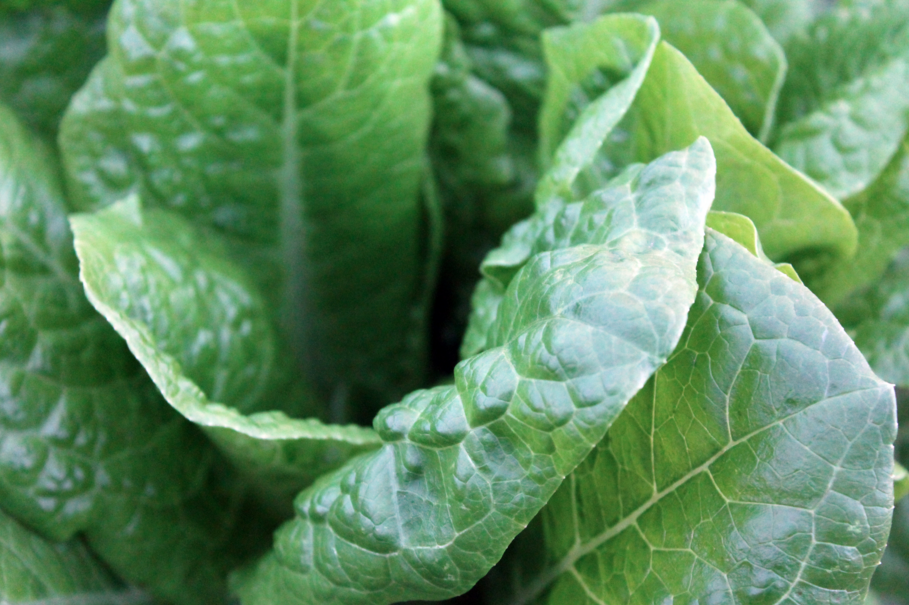High tech indoor, ‘post organic’ vertical farming startup Bowery Farming announced it has raised $20 million in a Series A co-led by General Catalyst and GGV Capital, and including GV, First Round Capital, and other seed round investors. This round brings the company’s total earning to $27.5 million.
Founded in Kearny, New Jersey, in October 2014 by Irving Fain, David Golden, and Brian Falther, Bowery Farming calls itself the “Modern Farming Company” producing “post-organic produce.” Advances in LED technology, robotics, and data management have made intensive, indoor agriculture more viable than ever, with software and hardware being able to work together to integrate levels of automation into indoor agricultural production systems, eliminating human labor and allowing for urban vertical farming to operate at scale.
“We are a tech company that is thinking about the future of food,” says Bowery co-founder and CEO, Irving Fain told Forbes.
These advances in technology have come together in FarmOS – Bowery’s proprietary, fully-integrated software system that uses vision technology and machine learning to monitor crops around the clock while collecting data that can drive actionable insight. By controlling the production process from germination to harvest, Bowery is able to produce non-GMO leafy greens and herbs (Baby Kale, Bowery Blend, Kale Mix, Arugula, Butterhead, and Basil) 365 days a year, using zero pesticides and 95 percent less water, and at a rate that is 100 times more productive than traditional agriculture, according to the Bowery website. Additionally, because indoor facilities can be located in urban settings, Bowery’s produce can be delivered to retail stores and restaurants within one day of harvest compared to weeks from fields.
Bowery currently grows its produce at its indoor farm in Kearney, New Jersey, which the company then distributes to retail stores across the tri-state and metro New York region. This funding is being earmarked to support Bowery’s plans to build a second farm in the tri-state area before eventually expanding into other cities and overseas markets. It also will allow the company to invest in its technology and expand its team.
“With all the technological advances we’ve seen in the last decade, it is now possible to have reliable, consistent production in agriculture,” Bowery CEO Fain told Tech Crunch in February upon the announcement of the company’s $7.5 million seed round. “We started working on this technology two years ago, thinking about what it will take to feed a global population that will soon reach nine billion people, and 35 years down the line when it’s expected that 70 percent of the world’s population will be living in cities.”
The Case for Moving Indoors
Population trends aside, there are various macro dynamics behind the decision to invest in indoor agriculture.
Since 1982, 24 million acres of U.S. farmland have been lost to development, and the loss continues at a rate of 40 acres of farm and ranch land every hour, according to the American Farmland Trust. More specifically, the California Climate & Agriculture Network states that California, one of the top-producing agricultural states in the country, has lost an average of 50,000 acres of farmland each year for the past 30 years due to urbanization and development.
Furthermore, traditional agriculture accounts for the use of 70 percent of all the available global water supply, and the U.S. alone uses over 700 million pounds of pesticides per year – all factors that Bowery Farming feels its business model can alleviate.
“In agriculture, everyone agrees that maybe not right away but say in 15 years, water will be expensive, healthy soil will be scarce, and it will be more expensive to farm outdoor than in. Why wait to work on that problem until it’s a crisis?” Rob Hayes, partner with First Round, pointed out to Tech Crunch in February of this year.
It is the ability of indoor farming to meet and alleviate these challenges that is driving the market to have an expected CAGR of 30.7 percent between 2015 and 2020, to reach a value of US$3.88 billion by 2020, according to ReportsnReports.
“What is great about this model is that we are able to build our farms in any city,” Fain told Inc. “Our goal is to locate these farms in a way to provide the highest quality food to cities where it has traveled a very short period of time compared to the traditional agriculture supply chain where it can be two to three weeks from when our food is picked to when it reaches us.”
Under the terms of the investment, Hans Tung from GGV and Spencer Lazar from General Catalyst will be joining the Bowery Board of Directors, which already includes Rob Hayes from First Round Capital.
“We think the industry is more or less near an inflection point,” GGV managing partner Hans Tung told Forbes. “It is no longer just a pie-in-the-sky theory. It has the chance to scale in the next five years.”
-Lynda Kiernan
Lynda Kiernan is Editor with GAI Media and daily contributor to GAI News. If you would like to submit a contribution for consideration, please contact Ms. Kiernan at lkiernan@globalaginvesting.com

